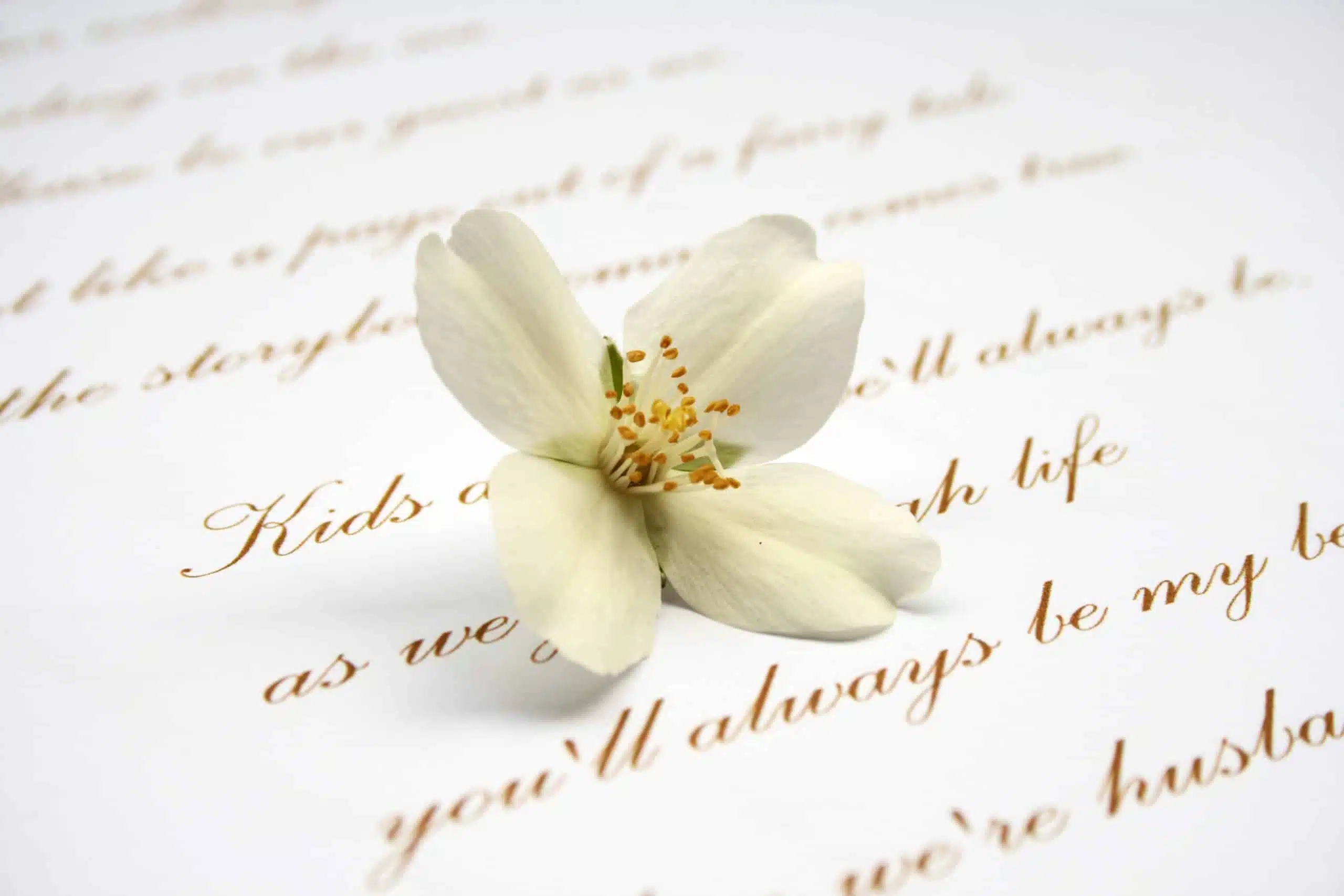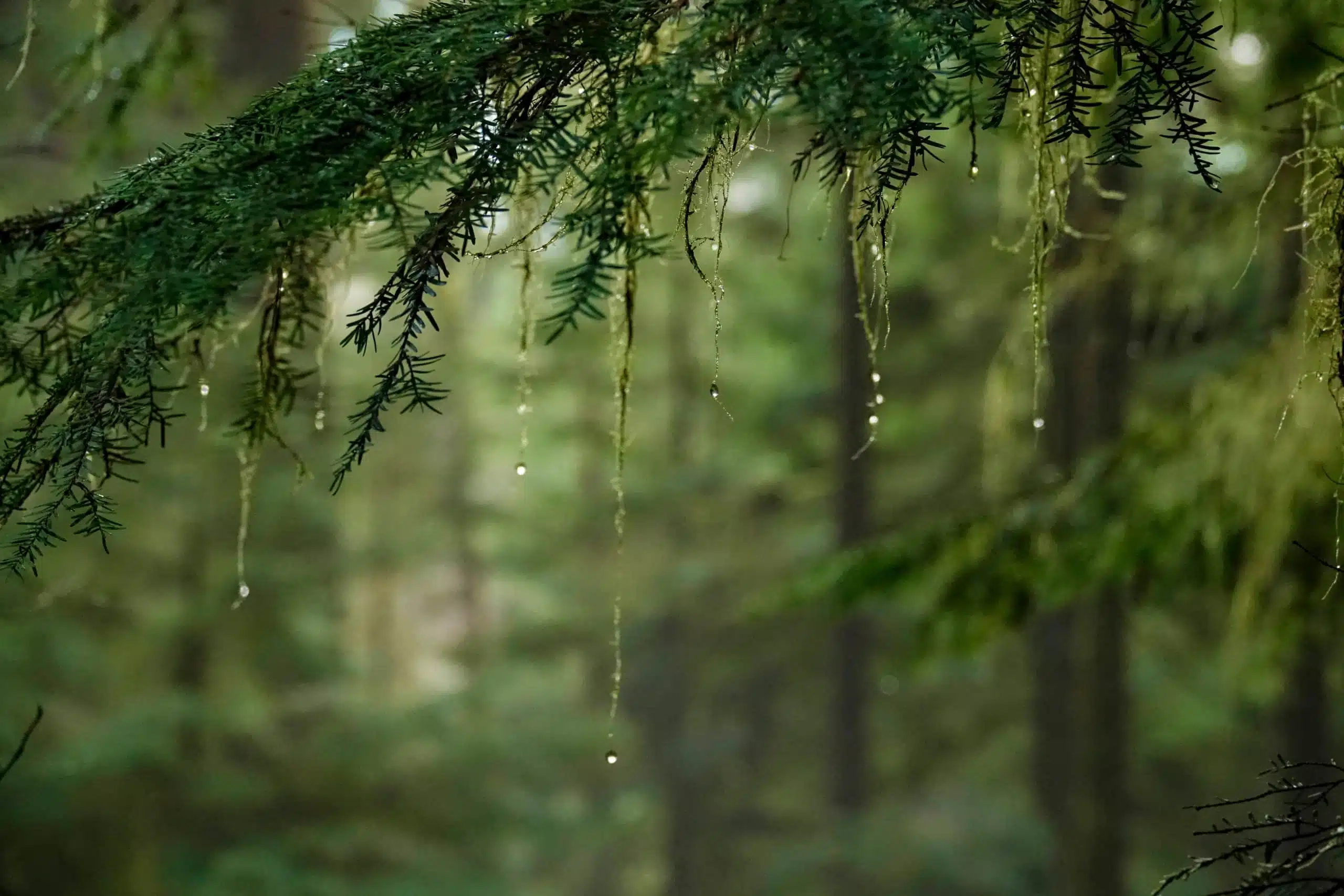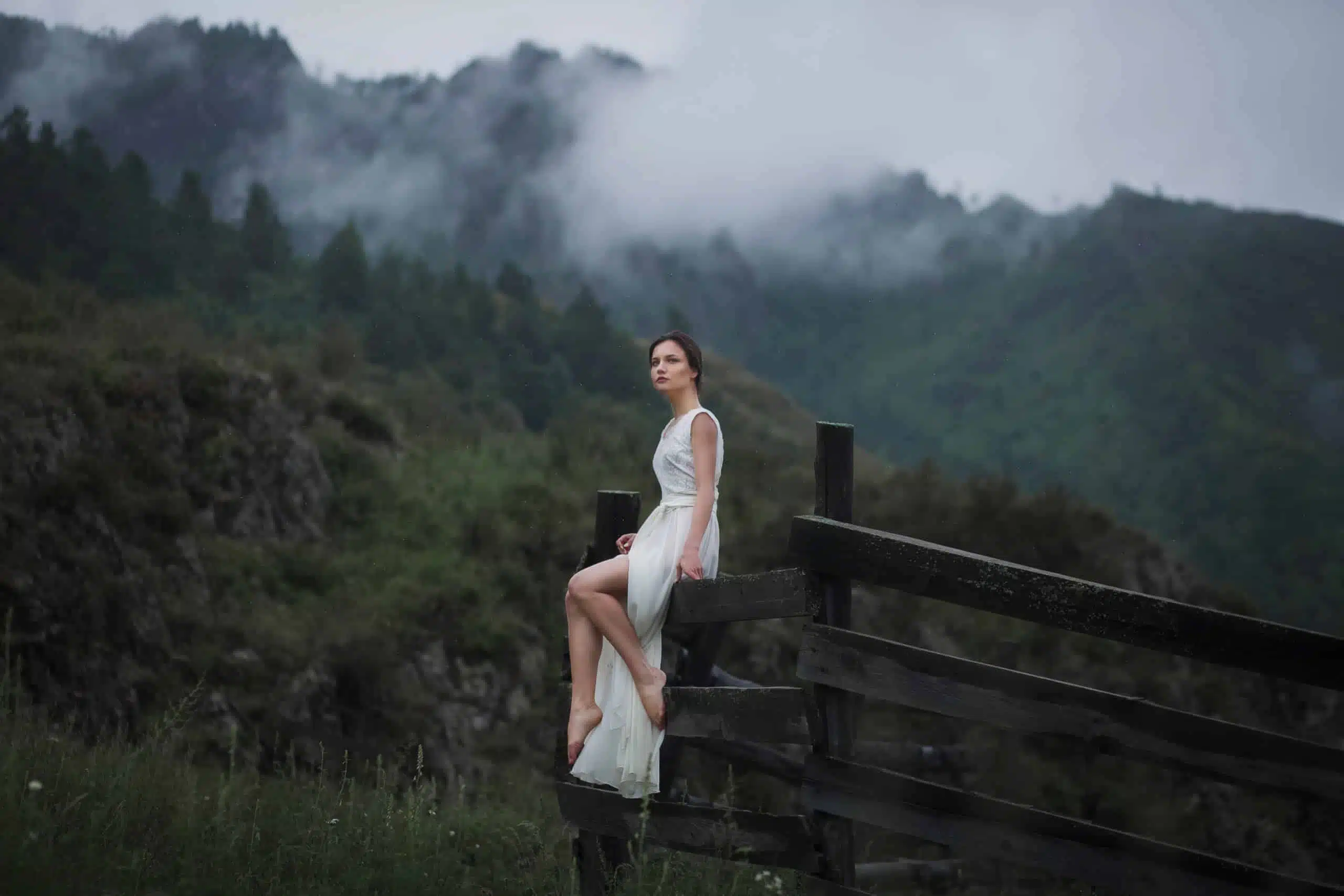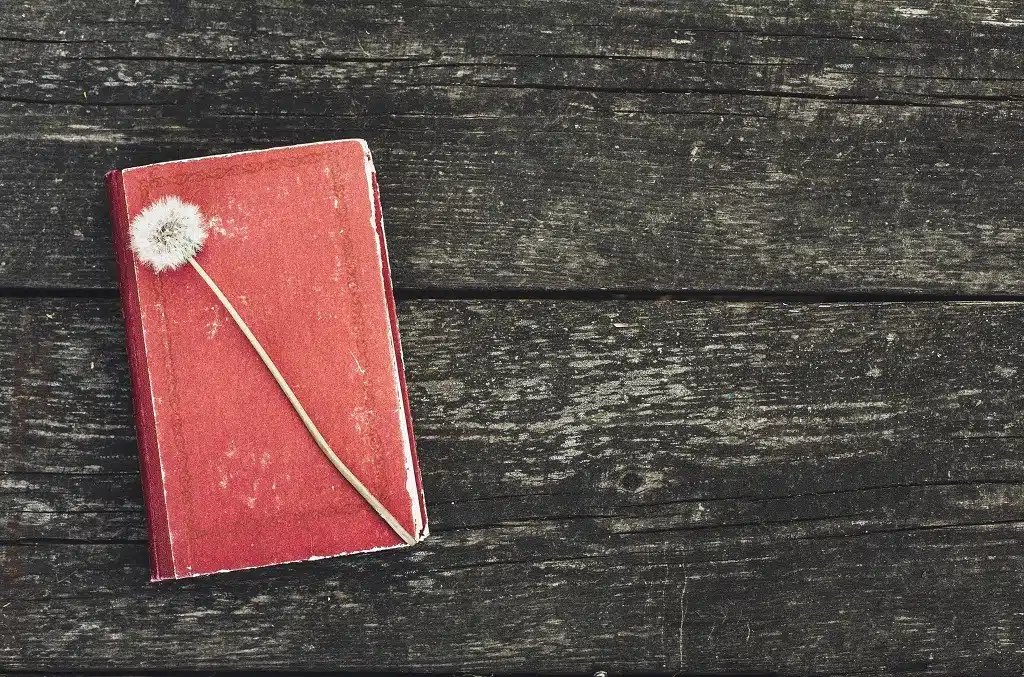Here’s what the Cascade poetry form is:
Cascade poems are a new form of poetry invented by Udit Bhatia in 2007.
Instead of using meter or rhyme scheme, cascade poems reuse each line of the first stanza as a refrain in the subsequent stanzas. Thus, creating a beautiful “cascading effect”.
So if you want to learn all about the Cascade poetry type, then you’ve come to the right place.
Let’s get into it!
- Trimeric Poetry Form: Pen Short and Sweet Sagas
- Haiku Sonnet Poetry Form: Harbor Mind’s Odyssey
- Golden Shovel Poetry Form: Turn Words Into Gold
- Double Dactyl Poetry Form: Stir Belly Laughs
- Monotetra Poetry Form: Savor Knowledge Drops
- Blitz Poetry Form: Ink Cascade of Swift Lines

Forms of Poetry: Cascade

The cascade poem is a new type of poetry invented in 2007 by Udit Bhatia.
It gets its name from the way the poem is meant to ‘cascade’ down the page, using each line of the first stanza as refrains, therefore, creating a waterfall cascade effect.
While cascade poems have a relatively simple structure that only relies on refrains, the form has already been imitated many times over.
Many older forms that rely heavily on refrains have historically tacked on as many strict restrictions as possible.
So the cascade poem fills an interesting niche as a place to practice refrains without being constrained by the arbitrary limitations of more complex forms.
Basic Properties of a Cascade Poem

| Rhyme Structure | Optional but refrains are mandatory |
| Meter | Unmetered |
| Origin | 2007, Udit Bhatia |
| Popularity | Only recently created but steadily gaining traction |
| Theme | Varies |
How Are Cascade Poems Structured?

The only rule cascade poems have is that all lines in the first paragraph ultimately become refrains repeated at the ends of each subsequent stanza.
So if, for example, the first stanza has three lines with the lines represented as ABC, then there will be three more stanzas.
The first will end with a repetition of line A, the second in B, and the poem as a whole will end with line C.
Other than these refrains, no other techniques have been established as mandatory.
Cascade poems do not have a set meter or rhyme scheme. Their length is determined entirely by the length of the first stanza. The length of each stanza typically replicates the first.

As with most refrains in poetry, the poet should make some attempt to recontextualize the lines so that they have new meanings when they appear elsewhere in the poem.
This is optional and not essential to the form itself, but it will increase the impact of the poem if accomplished.
No concrete focus has been established for cascade poems in terms of topic or content.
There are topics that naturally lend themselves well to repetition, but these are more reflective of the nature of refrains than they are of the cascade poem’s basic intentions.
Example of Cascade Poetry

Rain Falls in the Forest
The rain falls in the forest tonight
silencing all beasts within
like the whisper of a goddess.
Not a single creature dares to stir
nor hunt nor play nor fight for
the rain falls in the forest tonight.
There is a hush that comes along
the patience of the rising mist
silencing all the beasts within.
Peace has been gently breathed
over every hill and leaf
like the whisper of a goddess.
The above poem takes advantage of the natural structure of the poem by using rainfall as the central topic so that the repetitions emulate the impact of raindrops punctuating the stanzas.
In this case, the poem uses tercets.

Note that while the order of the words in the refrains does not change, the punctuation does so as to complete the sentences in the lines.
It’s conventional wisdom that some concessions are allowed with refrains, with punctuation changes being the most widely accepted.
It is also possible to tweak refrains ever so slightly by changing one or two words, but whether this is acceptable or not varies from poet to poet.
Some poets feel that no changes to the word order of a refrain are ever acceptable because it defeats the purpose.
Others feel that a few changes add interest by exploring how little you can change about a line to change its meaning.
Tips for Writing Cascade Poems

Cascade poems aren’t especially difficult to write compared to more complex forms.
You can write the first stanza normally, as long as you keep in mind that its lines and length will define the rest of the poem in various ways.
There are a few basic tips that can help you to succeed, though.
When writing the first stanza, determine immediately how long you would like the poem to be.
If the first stanza only has three or four lines, then you’ll be writing a fairly short poem.
Be careful not to go too long unless you’re willing to write a much longer poem since the length increases exponentially as you add lines.
This is because the first stanza decides both the length of the poem overall (number of stanzas) and the number of lines in each stanza.
If your opening stanza only has three lines, then you’ll only be following it up with nine more lines (3×3).
But if your opening stanza has ten lines then you’ll be expected to add a whopping one hundred lines after that (10×10).
You could experiment with the structure by having subsequent stanzas not be the same length as the initial stanza or by having them be different lengths.
But if you’re going to go that far then you might as well just aim for a short poem initially.
Also, pay close attention to the syntax of your initial lines.

Avoid ending any line with a preposition, since that would require you to end an entire stanza with a preposition later.
Make sure each line has a definitive conclusion.
For that purpose, it’s generally best to make sure the first line of the poem is an independent clause so that the rest of the poem will not be grammatically awkward.
When writing the body of the poem, always be thinking about the next refrain.
Based on your structure, what will be the last line of the stanza you’re currently writing?
How can you lead up to it in a way that feels natural?
The poem doesn’t necessarily need to have a particular narrative or several levels of depth.
The example above only describes a single peaceful moment in the forest.
How you approach the topic, scope, and narrative structure (if any) of your poem is up to you.
Poet’s Note

Cascade poems are too young to have a history yet, but they definitely have potential.
While preparing the example, I found that refrains are actually quite fun when used in a poem that doesn’t have to deal with meter or rhyme scheme.
If you hate writing villanelles, like most red-blooded humans, then give this form a try instead.
Comprehensive Collection of Poetry Forms: Craft Words Into Art

Dare to traverse the entire spectrum of poetic forms, from the commonplace to the extraordinary?
Venture from the quintessential Sonnet to the elusive Mistress Bradstreet stanza, right through to the daunting complexity of Cro Cumaisc Etir Casbairdni Ocus Lethrannaigecht.
For those with a zeal to encounter the full breadth of poetry’s forms, this invitation is yours.
Start exploring the vast universe of poetic ingenuity with our comprehensive array of poetry forms right now!
